Vi känner alla till det: känslor. Vi vaknar med den och går och lägger oss med den. Spridda över dagen känner vi en mängd olika känslor, baserat på situationen omkring oss och hur vi känner inför den. Känslor påverkar våra handlingar och skickar ett budskap till omvärlden. Det är därför viktigt att vara bekant med känslor och veta hur man hanterar dem. Men visste du att detta börjar vid födseln? Den känslomässiga utvecklingen börjar på dag ett och växer sakta med dig. När du läser detta kan din lilla bebis vara upptagen med att utöka sin värld. Beroende på deras ålder kommer de att bli allt mer medvetna om sina egna känslor och om sina vårdgivare. I den här bloggen tar vi dig genom ditt barns känslomässiga utveckling: hur börjar det och vad kan du förvänta dig?
I buken
Även innan barnet kommer till världen känner du efter det. Bebisen lär sig inifrån hur du mår och vad som händer utanför magen. Till viss del delar de samma känslor som du upplever och svarar på höga ljud utanför buken. Känslorna du känner, och det gör de också, kan ha en effekt på barnet efter födseln. Så det är viktigt att vara uppmärksam på dina känslor och din mentala hälsa.
De första månaderna
Där är han/hon: ditt nyfödda barn! De första veckorna händer väldigt lite och de sover främst, men det betyder inte att de ännu inte har känslor. Bebisar kan ha grundläggande känslor. I början kommer det att handla om tillfredsställelse/missnöje, men i andra månaden tillkommer känslor som glädje, glädje och sorg. De uttryckte sina känslor direkt när de var närvarande. Detta kan göra att din lilla plötsligt börjar gråta, eller att det allra första leendet dyker upp på läpparna. Känslor styrde ditt barns handlingar. De kan ännu inte reglera dessa.
När ditt barn når tre månaders ålder kommer andras handlingar att påverka deras känslor. Bebisar kan le eller uttrycka tillfredsställelse som svar på något du gör eller på hans eller hennes leksaker. De kommer också att imitera människor runt omkring dem genom att imitera ljud. De är fascinerade av sin egen röst och din.
Månader 4 - 6
Under det andra kvartalet av det första levnadsåret kommer ditt barn att kommunicera mer och bättre. De låter dig veta när de vill bli upplockade genom att höja armarna. Dessutom blir känslorna mer intensiva med tiden; skillnaden mellan positiva och negativa känslor kommer att öka. Dessutom ökar intresset för andras känslor. Din lilla kommer att försöka imitera andras känslor och ansiktsuttryck.
Reaktionskapaciteten fortsätter att växa; bebisen reagerar på känslorna hos dig och andra omkring honom. De kan till exempel bli ledsna när du är arg och titta bort när du är ledsen. Handlingar påverkar också barnets humör – till exempel kommer ditt barn att gråta när du slutar leka.
Om femte månaden börjar din bebis skratta. Dessutom utökar de sina känslor till att omfatta ilska och frustration. Båda känslorna kommer att synas i ansiktet. Det är bra att komma ihåg att bebisar inte betyder någonting personligen, utan bara lever "i nuet". Allt de gör är som svar på en situation.
Bebisar börjar också i allt högre grad ha en förkärlek eller misshag för vissa saker eller situationer. De kan reagera negativt på mat de inte gillar, eller bli frustrerade när de försöker göra något som de ännu inte kan göra.
När månad sex kommer, kan ditt barn uppleva humörsvängningar – de kan bli arga från ett ögonblick till ett annat. Lyckligtvis finns det också många positiva milstolpar att notera den här månaden: bebisar kommer att sticka ut sina tungor och dela sin uppmärksamhet. Detta gör att de kan uppmärksamma mer än en person och följa din blick. Det finns också en chans att de vänder på huvudet när du kallar dem vid namn.
Månad 7 – 9
Under denna period kommer ditt barn att uppleva en ny känsla: rädsla. Bebisar kan nu reagera oroligt när en främling närmar sig dem eller när du försvinner från synen. Detta beror på att bebisar i denna fas kan skilja bekanta från främlingar. På så sätt knyter de sig till ett urval av människor de föredrar att bo nära. Det kan innebära att din bebis inte längre vill sitta i din grannes knä, även om det var annorlunda tidigare. Detta kallas också "okunskap". Ett annat ord för detta är "främlingsångest".
Det här kan vara en svår period för dig som förälder, eftersom det blir svårt att åka någonstans. För en annan utveckling som kommer efter ovanan är separationsångest. Bebisar inser att de och du inte är ett. Med andra ord: de förvärvar sitt eget medvetande.
När du försvinner från synen kan ditt barn plötsligt börja gråta. Ditt barn förstår inte att du så småningom kommer tillbaka; hon tror att du går bort för alltid. Detta kan orsaka gråt och kräver ett lugnt, lugnande förhållningssätt. Det är viktigt att ta din lillas känslor på allvar.
Oroa dig inte! Att ha separationsångest är en del av den känslomässiga utvecklingen. Detta händer vanligtvis hos barn i åldrarna åtta månader till arton månader, även om undantag är möjliga.
Bebisar kommer att behöva fler signaler om känslomässiga reaktioner från dig i dessa faser. De ser detta som en indikator på om något är "säkert" och använder det för att bli lugnad. De använder det också för att se vad de tycker om något. Om du till exempel gör ett smutsigt ansikte när du äter sparris finns det en chans att bebisen gör detsamma. Deras preferenser baseras på dina. Och om du blir känslosam över ett besök i butiken eller läkaren, eller lämnar barnet på dagis, kan ditt barn associera platserna med sorg. Detta är känt som "sociala referenser" eller "sociala ledtrådar" på nederländska. Detta fenomen förekommer främst hos spädbarn.
Förutom ovanan, separationsångesten och sociala referenser, finns det mer utrymme för spel och din bebis kan i allt högre grad koppla sina ansiktsuttryck till känslor. De är nu bekanta med alla grundläggande känslor: intresse, glädje, överraskning, ilska, sorg, avsky och rädsla. Och de gillar allt mer spel som "peekaboo". Nu är det en bra tid att spela sociala spel med din bebis!
Förutom att uttrycka sina egna känslor kan de i allt högre grad läsa andras gester och ansiktsuttryck för att avgöra hur någon mår. De kan också peka på något och sedan kontrollera om du verkligen tittar på föremålet. Detta är ett nästa steg inom området för att dela uppmärksamhet, som tidigare diskuterades i månad sex.
Månad 10-12
Slutet på det första levnadsåret är i sikte och detta åtföljs av ännu fler milstolpar för din lilla. Bebisens medvetande ökar och han/hon kan visa allt fler känslor. Känslan 'skam' spelar nu in när de gör något som inte är tillåtet. Dessutom blir barnet ännu mer känsligt för andras godkännande och ogillande.
Vid den tolfte månaden börjar en ny era: ditt barns känslomässiga utveckling utökas med de första orden. Bebisar kan sedan kommunicera med fysiska gester och små ord. Ändå kommer känslorna än så länge att kännas lika intensiva som tidigare. Detta kommer bara att minska senare i livet, när de har lärt sig att reglera sina känslor.
Men tills vidare får du nöja dig med oreglerade känslor ett tag. Se det på en positiv sida: du kan kommunicera med ditt barn innan de ens fyller ett år! Det är verkligen en milstolpe att fira och vara stolt över. Din bebis kommer förmodligen att dela denna känsla med dig, precis som de tidigare känslorna!


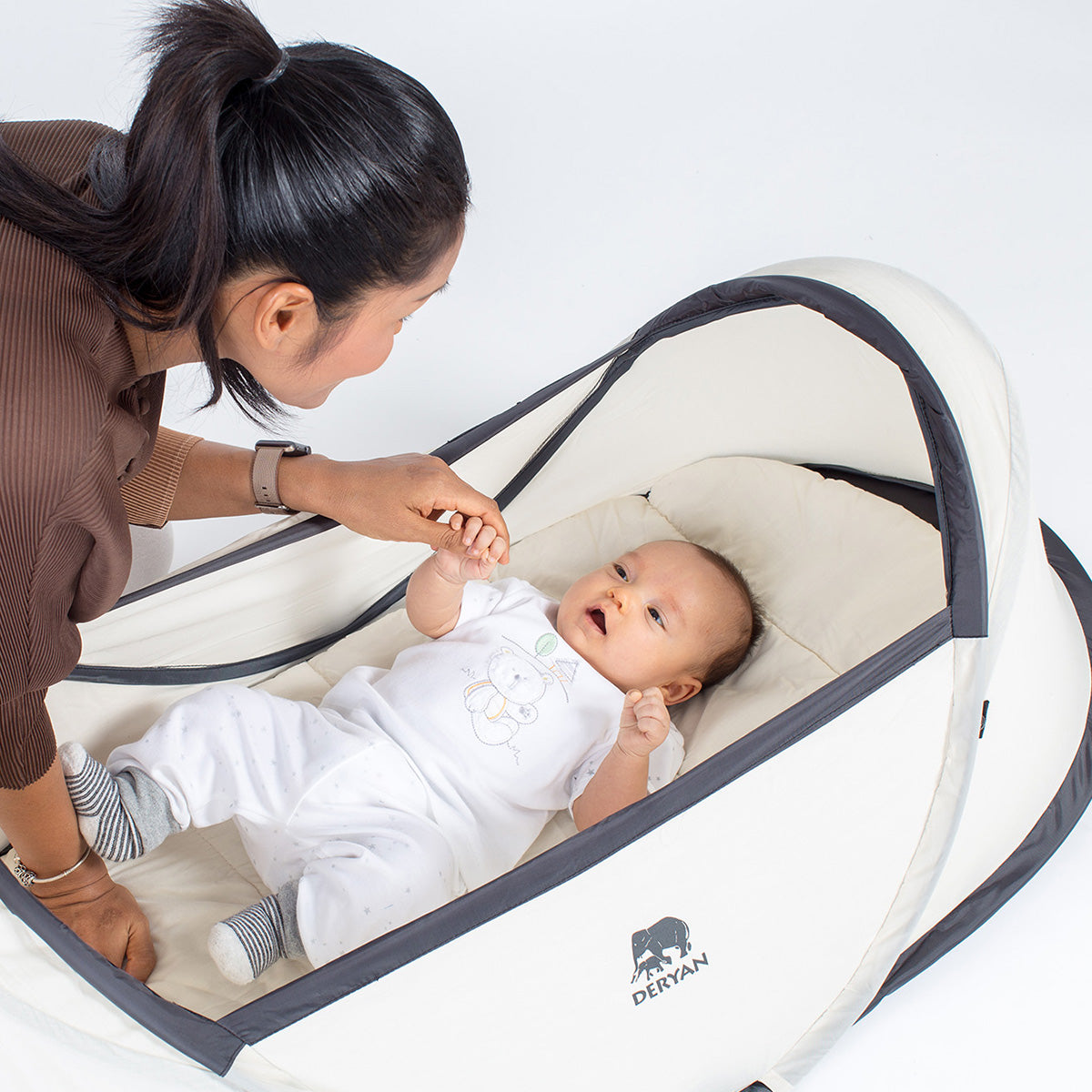




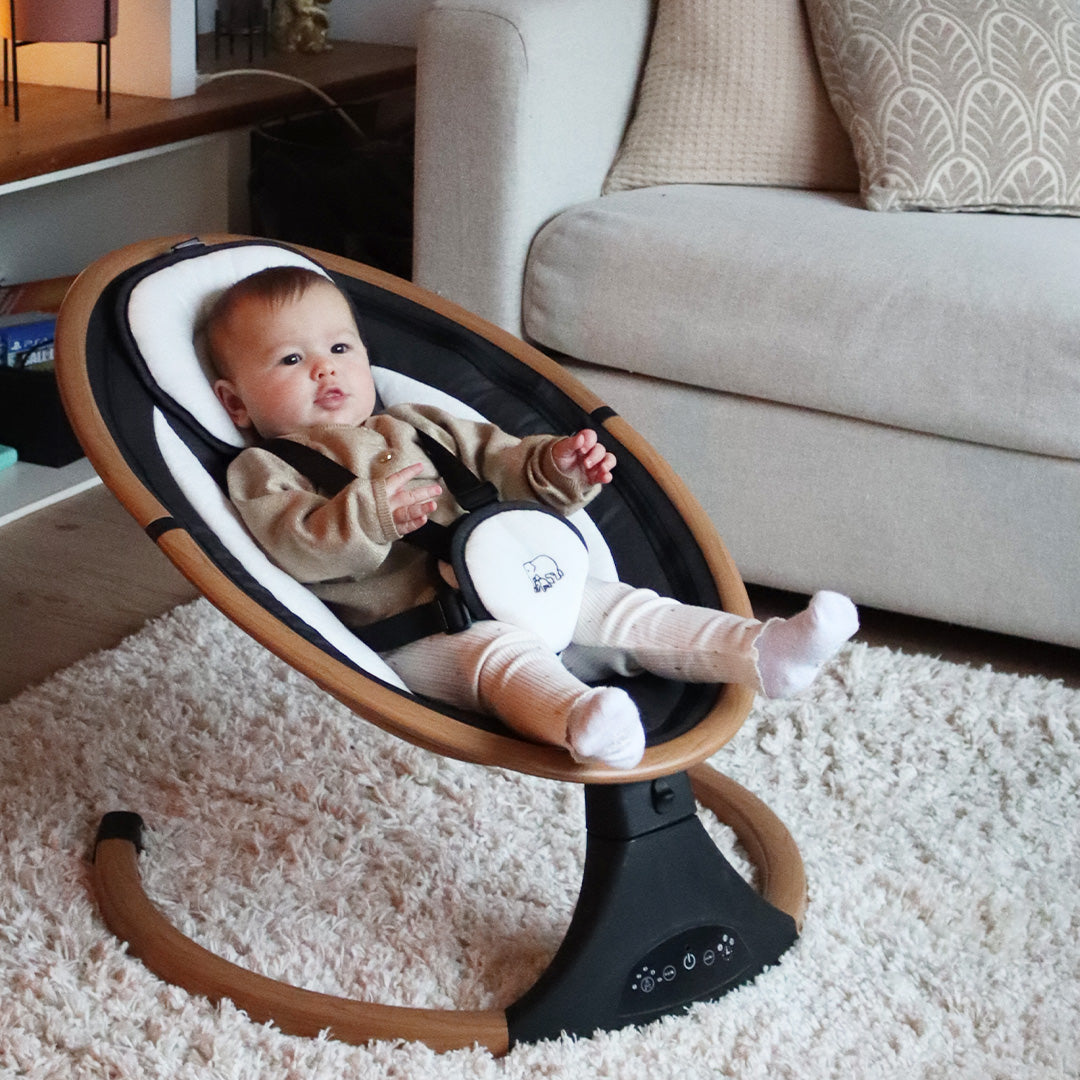
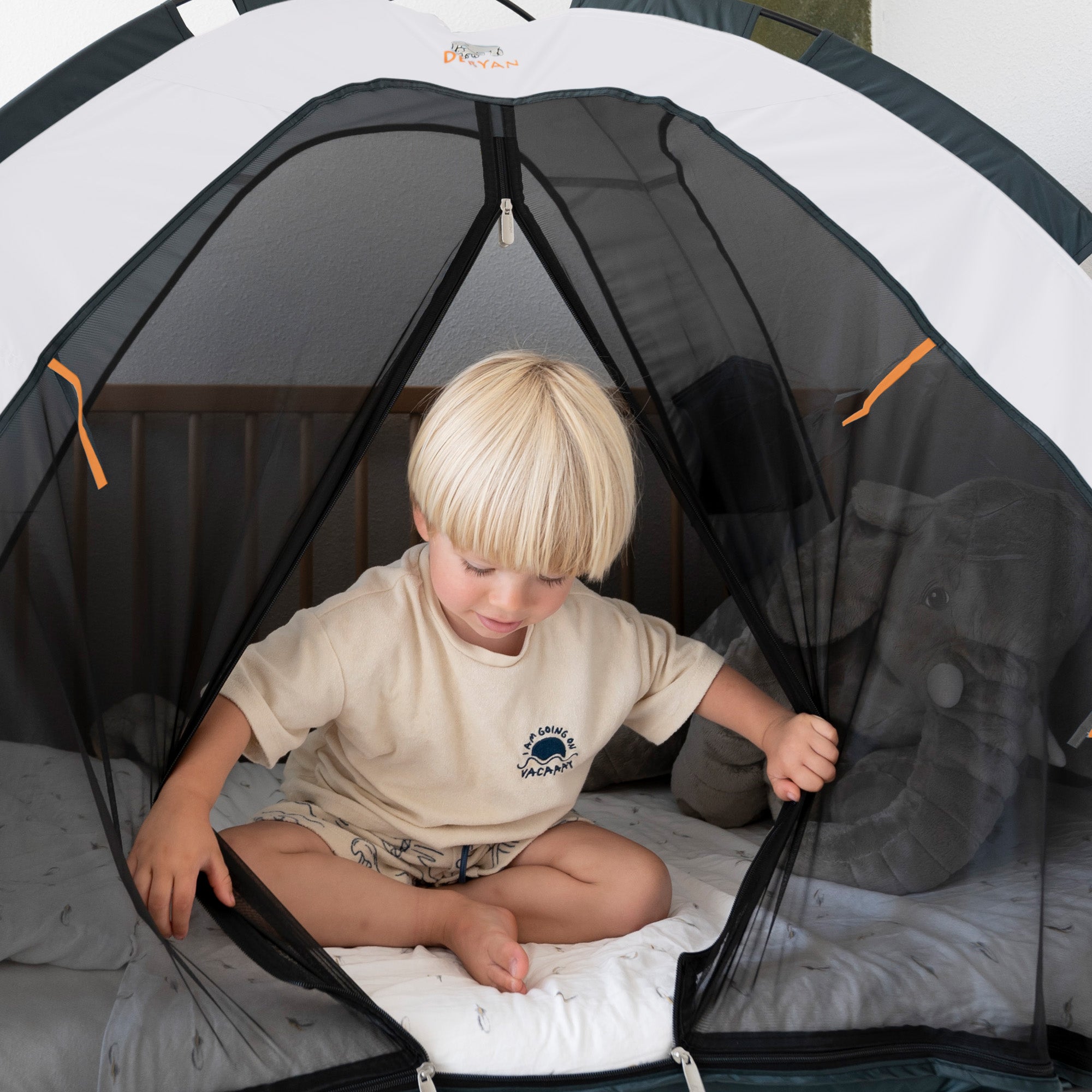
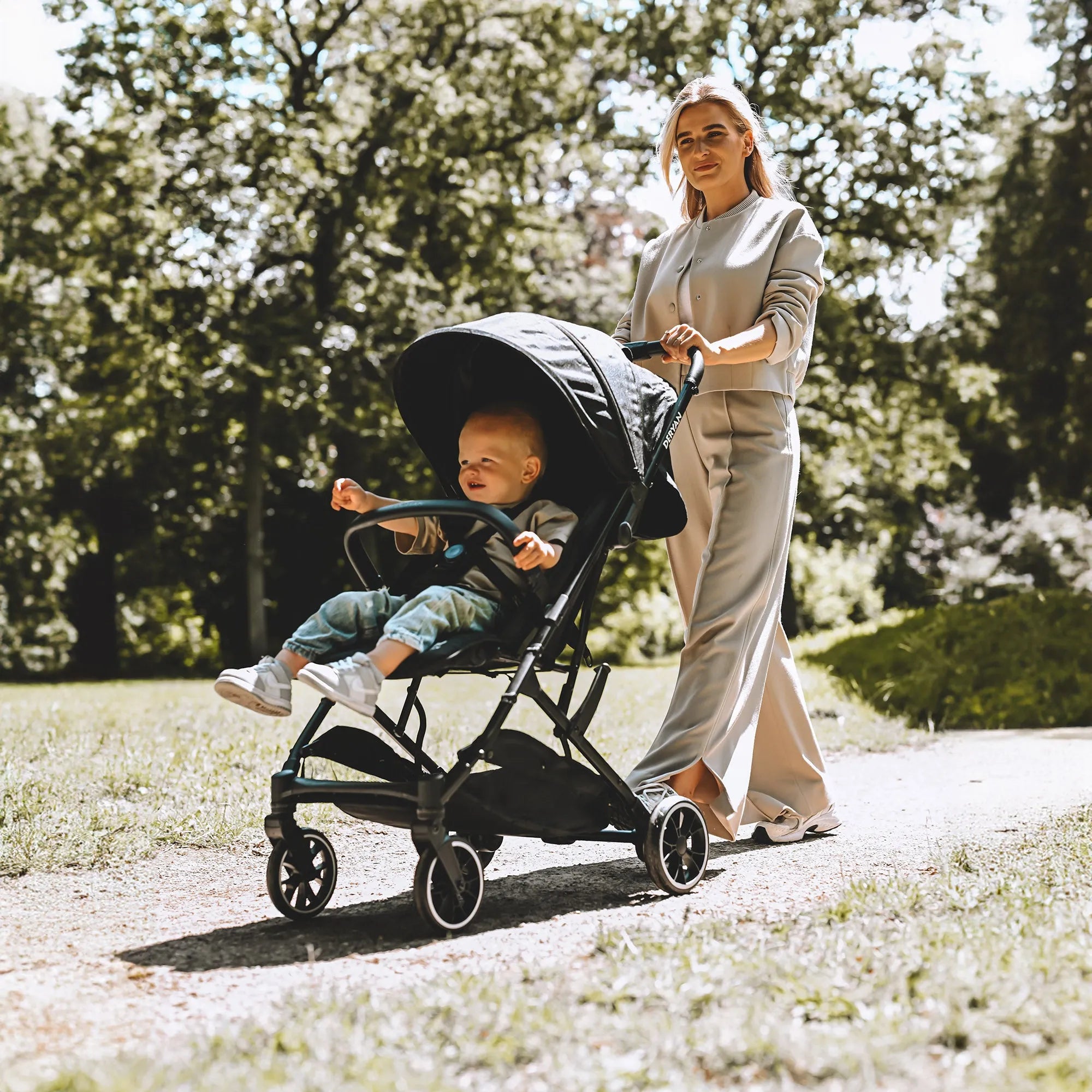


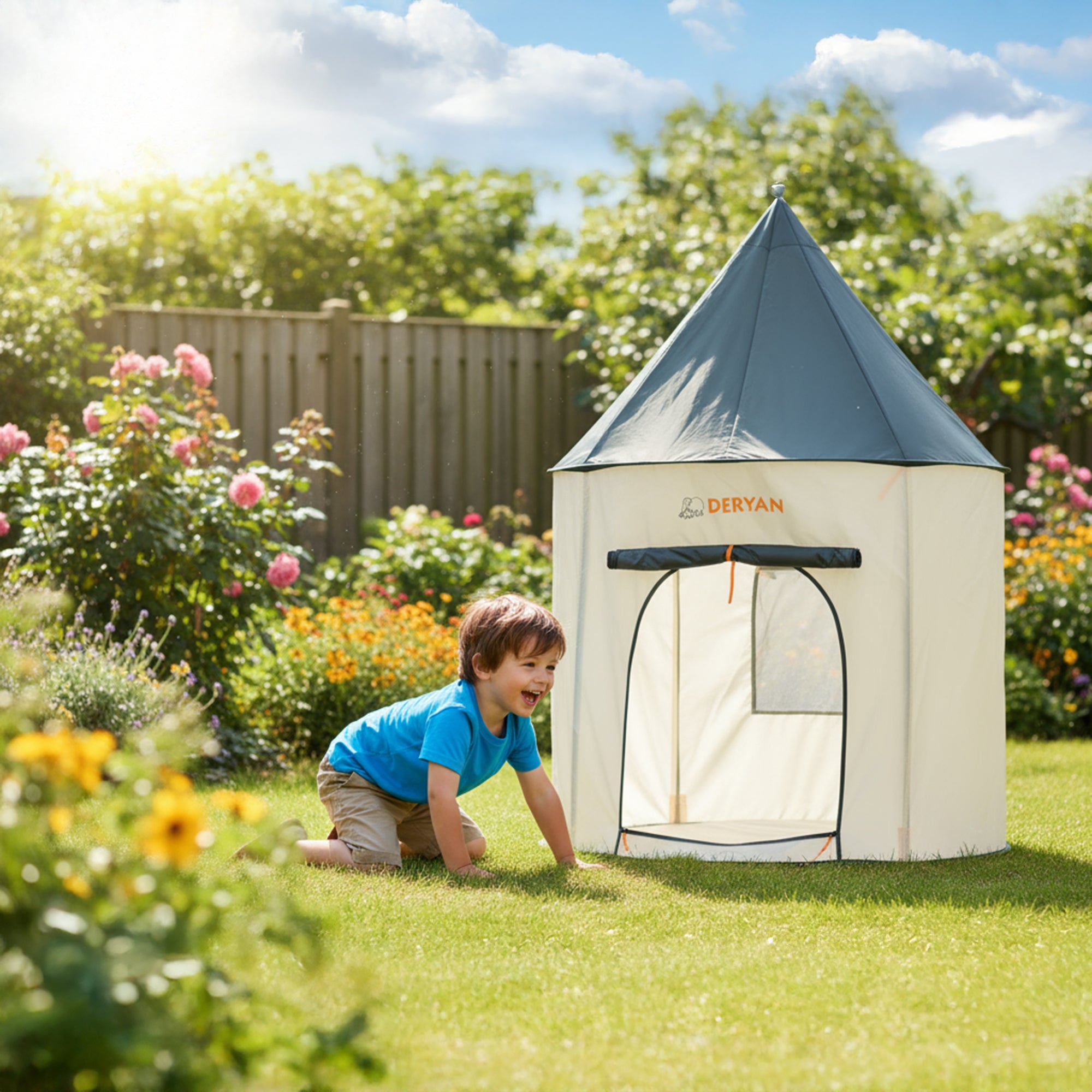


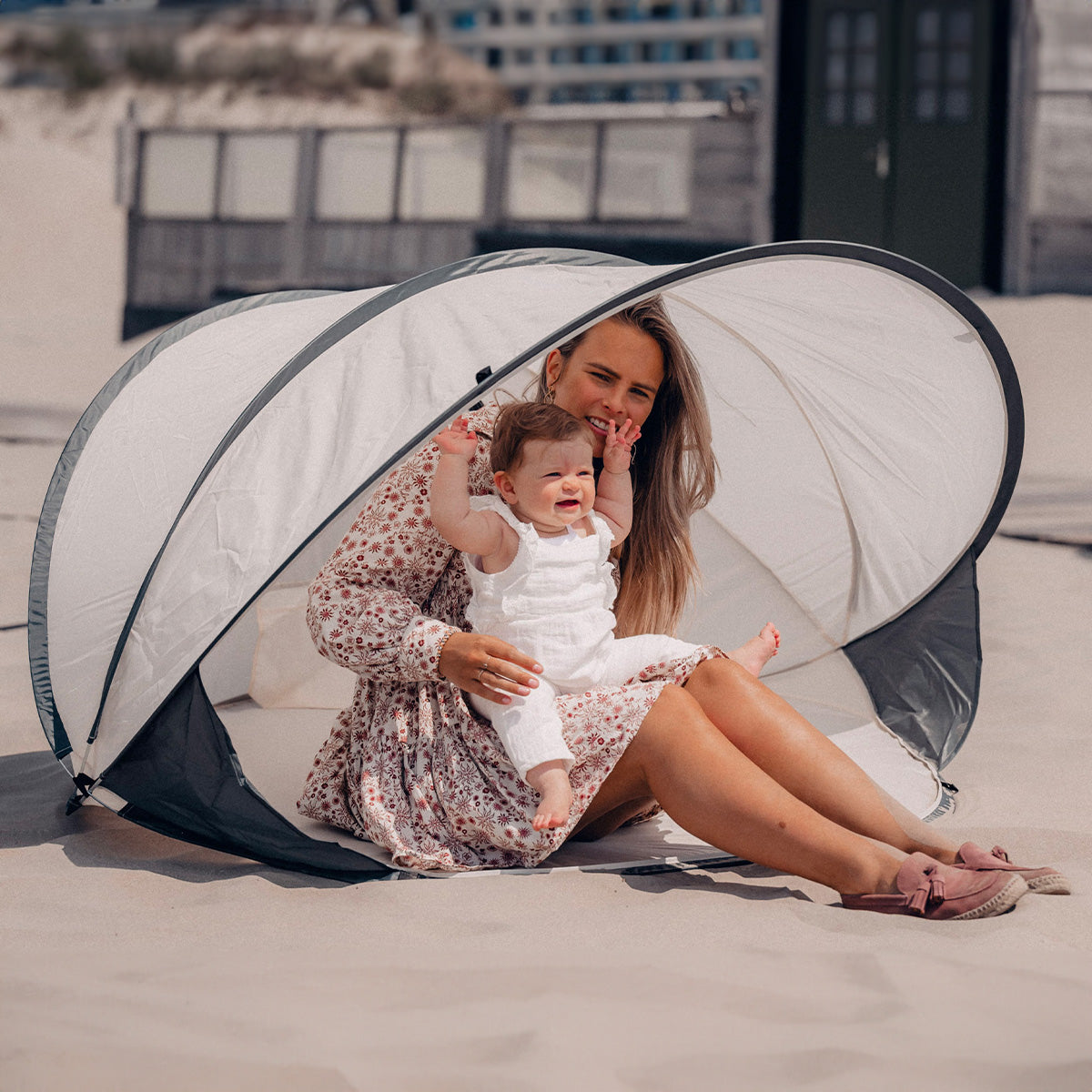


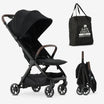



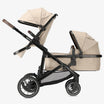
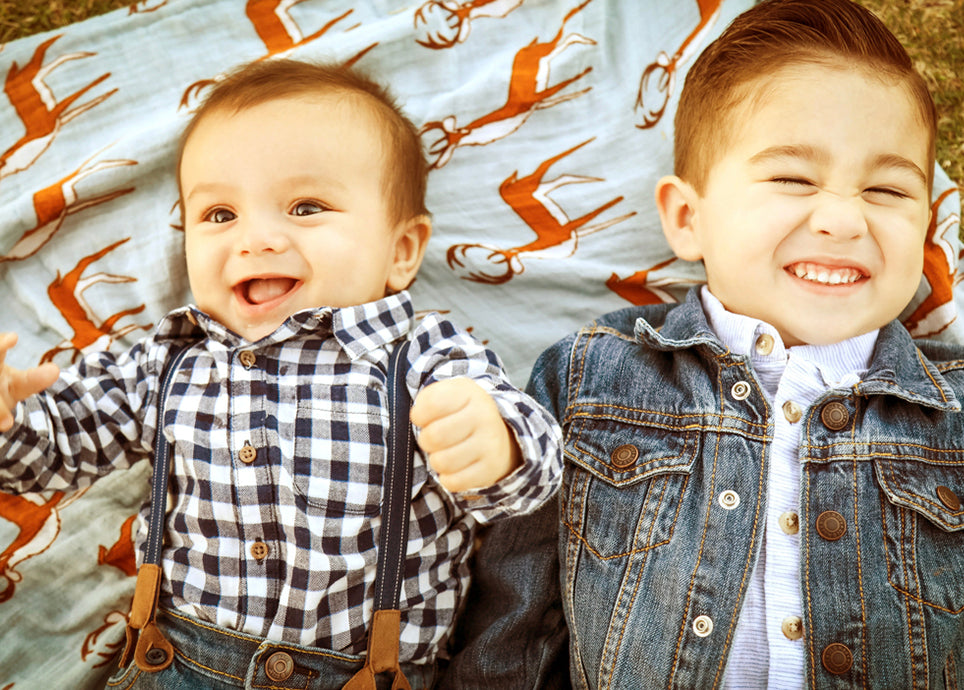
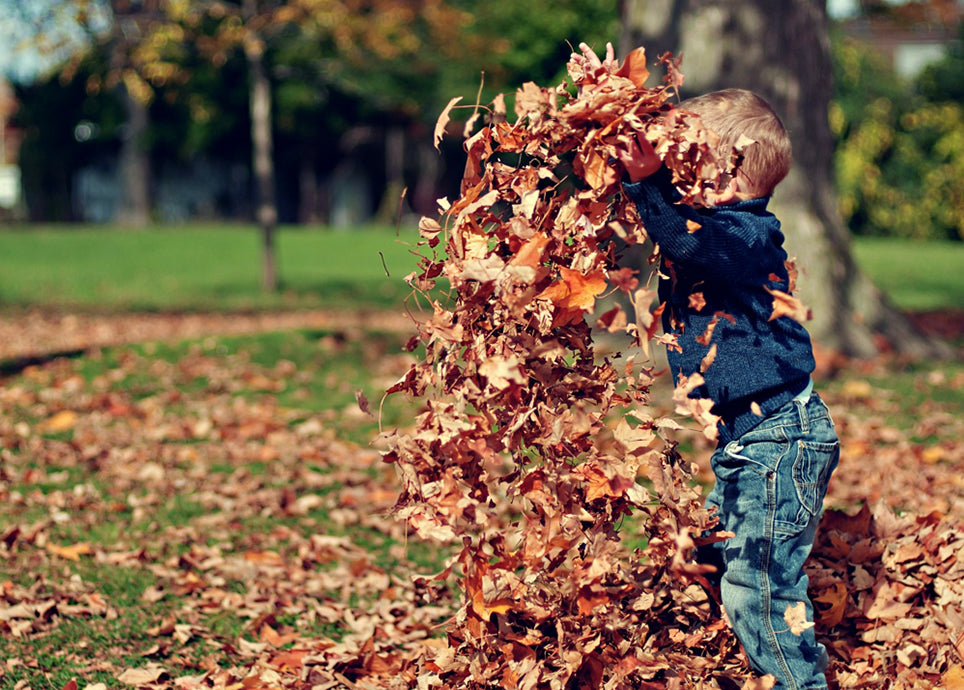
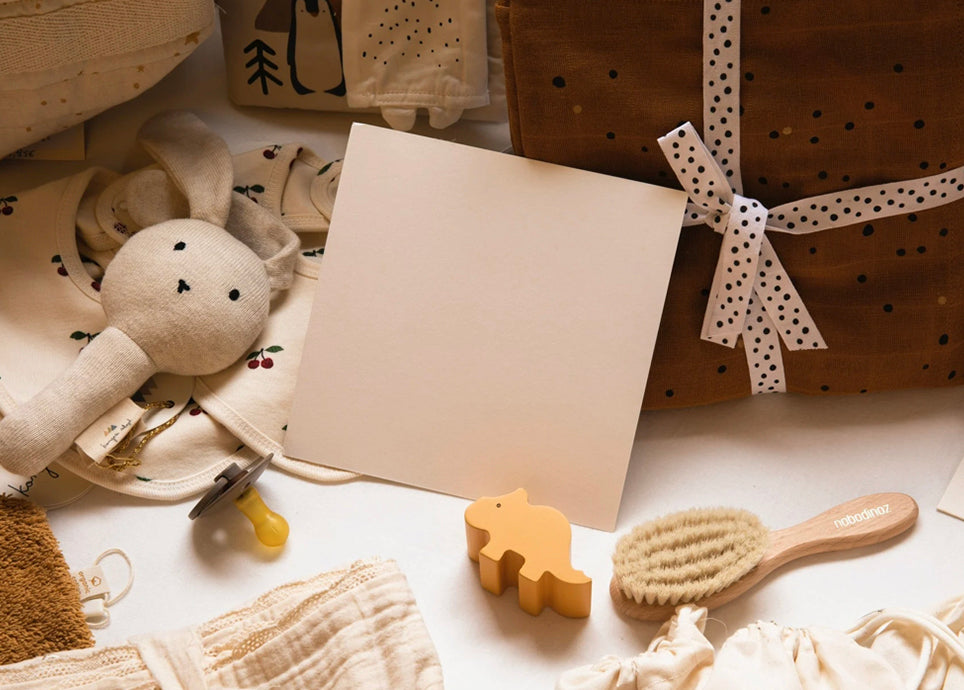








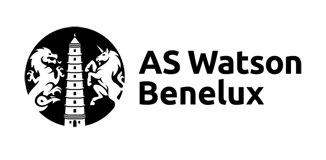
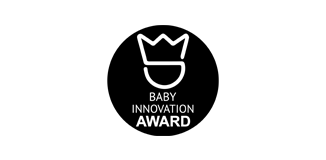


Lämna en kommentar
Denna webbplats är skyddad av hCaptcha och hCaptchas integritetspolicy . Användarvillkor gäller.